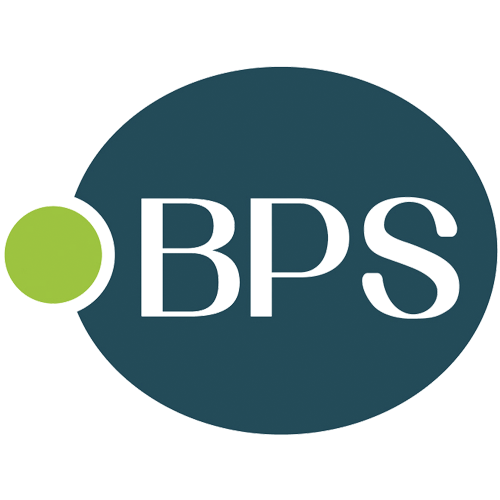
Chemical Structure
Doxorubicin hydrochloride
CDX-D0257
CAS Number25316-40-9
Product group Chemicals
Estimated Purity>98%
Molecular Weight579.98
Overview
- SupplierChemodex
- Product NameDoxorubicin hydrochloride
- Delivery Days Customer10
- CAS Number25316-40-9
- CertificationResearch Use Only
- Estimated Purity>98%
- Hazard InformationDanger
- Molecular FormulaC27H29NO11 . HCl
- Molecular Weight579.98
- Scientific DescriptionChemical. CAS: 25316-40-9. Formula: C27H29NO11 . HCl. MW: 579.98. Doxorubicin, a broad spectrum anthracycline antibiotic, inhibits DNA and RNA synthesis in mammalian cells and has been shown to be a very effective anti-tumor agent. Doxorubicin binds to nucleic acids by intercalating the DNA double helix and stabilizing topoisomerase II cleavage complexes, leading to DNA strand breaks at specific doxorubicin-induced sites and formation of reactive oxygen species (ROS) in cells. It also been shown to evict histones leading to chromatin damage. Doxorubicin induces apoptosis by inducing the accumulation of the p53 tumor suppressor protein and has been shown to have immunosuppressive properties. DOX can reduce mitochondrial NADH accumulation and impair oxidative phosphorylation in heart tissues, events associated with reduced glucose uptake. Doxorubicin can also induce the opening of mitochondrial permeability transition pore, resulting in the loss of mitochondrial membrane potential, thus explaining DOX-mediated apoptosis in cardiomyocytes. Doxorubicin is a substrate of MRP1. Doxorubicin shows antimalarial activity and has been shown to inhibit parasite growth. Doxorubicin is used in the treatment of non-Hodgkins lymphoma and other cancers. Doxorubicin is naturally fluorescent with lambdaex at 480nm and lambdaem at 600nm. The fluorescent property has been exploited for the measurement of drug efflux pump activities as well as resolving the important question of intracellular localization of various multidrug resistance proteins and the role of subcellular organelles (Golgi and lysosome) in the sequestration of drugs and its implication in drug resistant phenotypes. - Doxorubicin, a broad spectrum anthracycline antibiotic, inhibits DNA and RNA synthesis in mammalian cells and has been shown to be a very effective anti-tumor agent. Doxorubicin binds to nucleic acids by intercalating the DNA double helix and stabilizing topoisomerase II cleavage complexes, leading to DNA strand breaks at specific doxorubicin-induced sites and formation of reactive oxygen species (ROS) in cells. It also been shown to evict histones leading to chromatin damage. Doxorubicin induces apoptosis by inducing the accumulation of the p53 tumor suppressor protein and has been shown to have immunosuppressive properties. DOX can reduce mitochondrial NADH accumulation and impair oxidative phosphorylation in heart tissues, events associated with reduced glucose uptake. Doxorubicin can also induce the opening of mitochondrial permeability transition pore, resulting in the loss of mitochondrial membrane potential, thus explaining DOX-mediated apoptosis in cardiomyocytes. Doxorubicin is a substrate of MRP1. Doxorubicin shows antimalarial activity and has been shown to inhibit parasite growth. Doxorubicin is used in the treatment of non-Hodgkins lymphoma and other cancers. Doxorubicin is naturally fluorescent with lambdaex at 480nm and lambdaem at 600nm. The fluorescent property has been exploited for the measurement of drug efflux pump activities as well as resolving the important question of intracellular localization of various multidrug resistance proteins and the role of subcellular organelles (Golgi and lysosome) in the sequestration of drugs and its implication in drug resistant phenotypes.
- SMILESO=C1C2=C(C(O)=C([C@@H](O[C@H]3C[C@H](N)[C@H](O)[C@H](C)O3)C[C@@](C(CO)=O)(O)C4)C4=C2O)C(C5=C(OC)C=CC=C51)=O.Cl
- Storage Instruction2°C to 8°C,RT
- UNSPSC12352200




![Doxorubicin hydrochloride [25316-40-9]](https://www.targetmol.com/group3/M00/02/5A/CgoaEGY7MKqEWVycAAAAAI8eC-I291.png)
